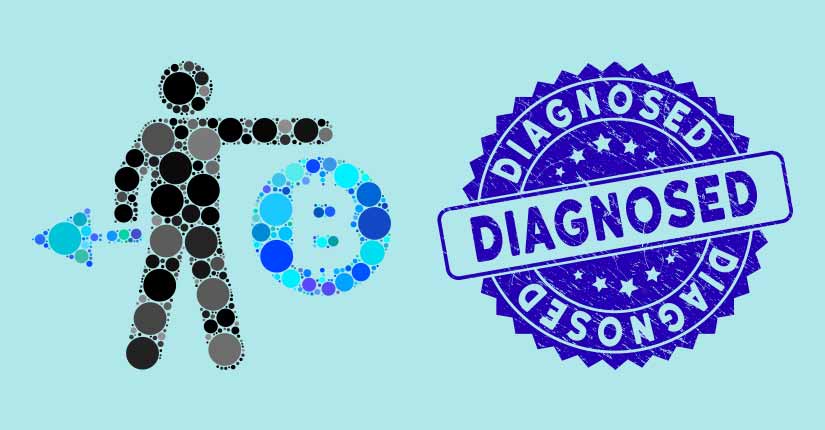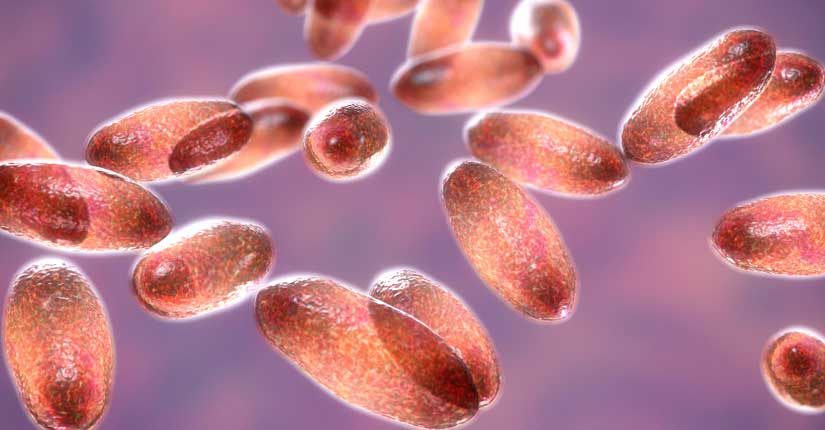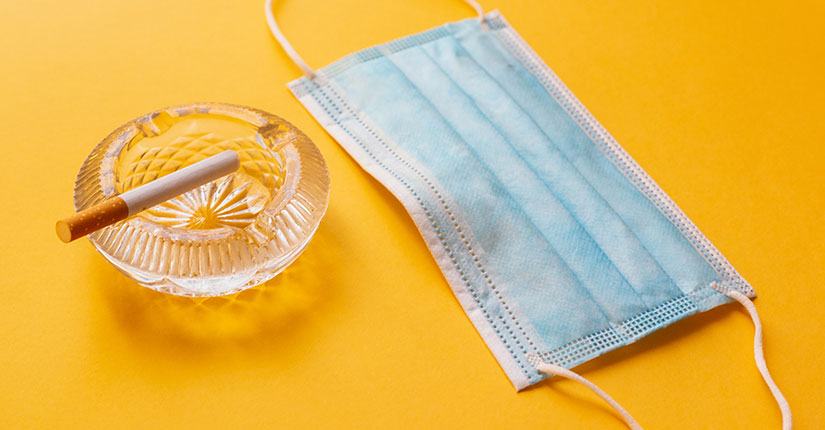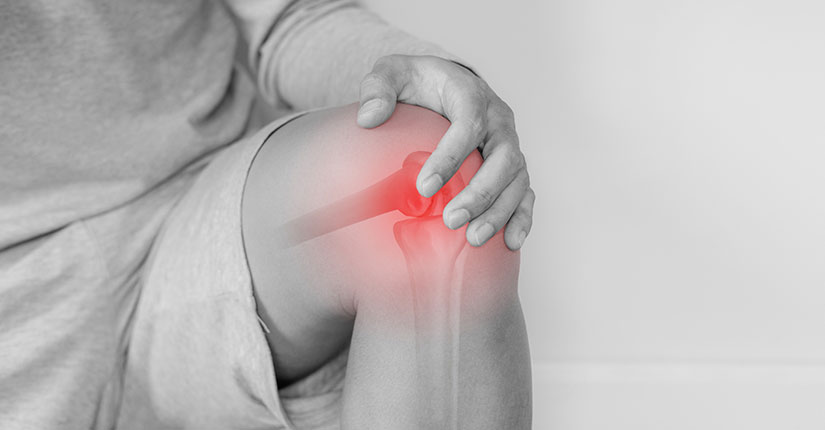Test to Diagnose Urinary Tract Infections (UTI) using Smart Phone Cameras has been made Possible by a Team of Scientists
By Nmami Life Editorial 17-Jan 2020 Reading Time: 5 Mins

Did you hear that? Urinary Tract Infections can be diagnosed in just 25 minutes.
If you’re thinking what made this possible? The answer is with the help of a smartphone camera. This brilliant technology by University of Bath engineers has left everyone shocked as the scientists developed a test that uses a smartphone camera to diagnose and the reason for invention of this test was to save doctors’ time and money.
UTIs are common and affect more than half of women and around one in eight men at some point during their lives.
Developed by engineers, this technology, at the University of Bath, searches for E.coli bacteria in urine samples. E.coli is generally found in around 80 per cent of bacterial UTIs, which can be treated easily with antibiotics once they have been diagnosed. According to scientists, the new test is faster and cheaper than existing options which involve sending samples off to a lab to be tested before results come back days later.
What is UTI?
Urinary tract infections (UTIs) affect different parts of your urinary tract, which includes bladder (cystitis), urethra (urethritis) or kidneys (kidney infection). But mostly UTIs can be easily treated with antibiotics.
Why is this technology required?
The lack of rapid and timely diagnostics for UTIs has in many cases led to a catch-all prescription of antibiotics, which increases the risk of bacteria becoming resistant to treatment.
As well as being faster than existing testing, scientists claim that the test’s portability could later make accurate UTI testing more widely available in developing nations and remote regions.
The researchers revealed that the rest has been described in the journal Biosensors and Bioelectronics. The test involves utilizing antibodies to capture bacterial cells in very thin capillaries within a plastic strip, detecting and identifying the cells optically rather than through the microbiological methods currently used.
The test, invented by bioengineers at the University of Bath, makes use of the smartphone camera to pick up changes in the colour of a sample after a special type of enzyme has been added to the urine. The development of this test is led by Dr Nuno Reis, from the University of Bath’s Department of Chemical Engineering.
Dr. Reis told that this small and portable test has major potential for application in primary care settings and in developing countries.
About the current technology
The bacterial infections in UTIs are confirmed using microbiological testing of a urine sample. This accurate test is little time-consuming and takes several days. The procedure involves a urine sample is passed over a ridged plastic strip containing an antibody which can recognise E.coli bacterial cells.
Further, if E.coli is present, the antibody (a type of protein produced by the immune system to fight a specific threat) will bind with it and make it too big to pass through part of the plastic strip.
The concentration of E.coli in the sample is measure and is done by analysing an image taken by the camera. In the study, an enzyme is added to cause a colour change that can be spotted by a smartphone camera.
Footnote
Technology has always been able to provide betterment in some way. The advantage what scientists say is that the procedure is simple and does not need a mains power supply. Using this test will bring better outcomes to patients in terms of speeding up the process, and also lower the cost to healthcare providers.
The team of scientists will also begin working on refining the test to allow for the detection of other bacteria and their concentrations.


















